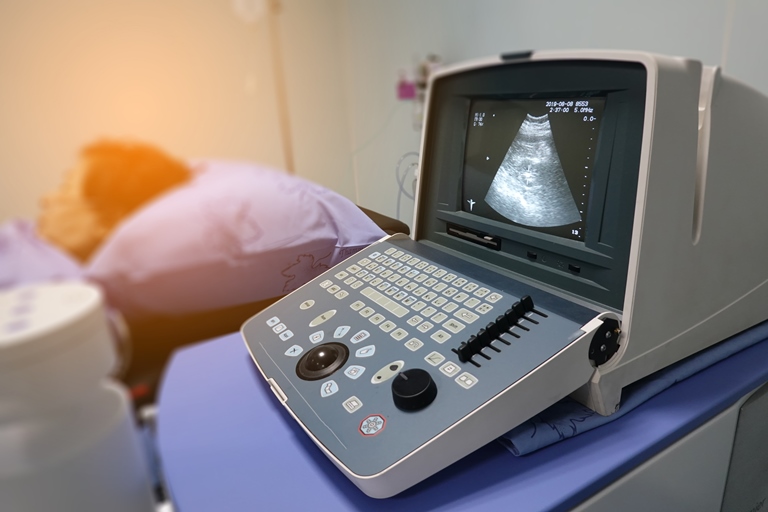
Birth defects are incredibly common and there are more than 4,000 different types, ranging from minor ones to those that are more serious and can affect the life of your child. Many are treatable whereas others can be dangerous.
Birth defects can be caused by a number of different factors. This blog post series is going to look at the causes of birth defects and how they can be treated and so in this article we’re going to look at some of the most common types of birth defects.
There are several types of birth defects:
1. Structural birth defects
Structural birth defects affect the development of body parts which can include the skeleton and certain organs.
These types of defects can range in severity, some examples include:
- Cleft lip or cleft palate. These are both common types of structural defects and occur when the palate in the mouth or the upper lip don’t close properly, leaving a gap.
- Heart defects which can include misshapen or missing valves. These types of defects can also be caused genetically but in some cases, the defect is so minor that there are no visible symptoms.
- Abnormal limbs, such as clubfoot, which can affect just one or both feet. There are other types of defects that affect the development of limbs causing them to either be missing or underdeveloped.
- Neural tube defects. These types of defects, such as spina bifida, are related to the growth and development of the brain and spinal cord.
__________
Read More:
8 Tips on Managing Your Pregnancy While Working
7 Essential Beauty Tips for Pregnant Women
5 Major Benefits of Joining Antenatal Classes
__________
2. Functional birth defects
Functional birth defects affect how a particular part of the body, or body system, functions. These disabilities can often be more serious and lead to intellectual and developmental issues further on. Some examples include:
- Sickle-Cell disease that distorts the shape of the red blood cells, causing them to become destroyed in the liver and spleen. This often results in anaemia.
- Sensory problems such as a loss of hearing or sight.
- Degenerative disorders that worsen over time such as muscular dystrophy. These types of disorders may not be noticeable at first and so it’s important to monitor your child carefully.
3. Genetic birth defects
Genetic birth defects are most likely to have been passed from mother or father to baby and in most cases, there is very little you can do to prevent it. Some of these types of birth defects can be the most damaging and cause lifelong issues. Others are incredibly treatable and manageable, allowing your child to live a fulfilling life. Some examples of genetic birth defects include:
- PKU which is caused by the absence of an enzyme that breaks down a particular protein. This defect can be incredibly dangerous, and if left untreated can cause mental retardation.
- Down syndrome which is caused by chromosome abnormalities. As well as causing structural differences, those with Down syndrome are also affected by mental retardation.
Resources:
http://kidshealth.org/en/parents/birth-defects.html
http://www.medindia.net/patients/patientinfo/birth-defects.htm
https://www.webmd.com/parenting/baby/news/20060105/cdc-lists-top-6-types-of-birth-defects


